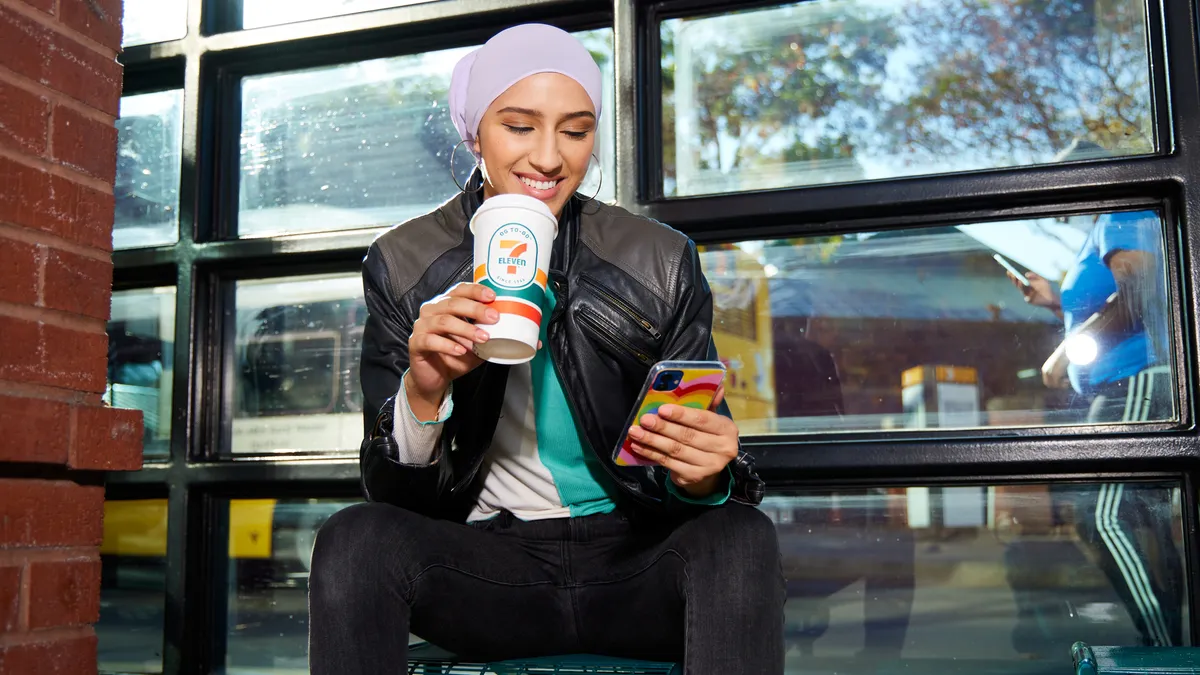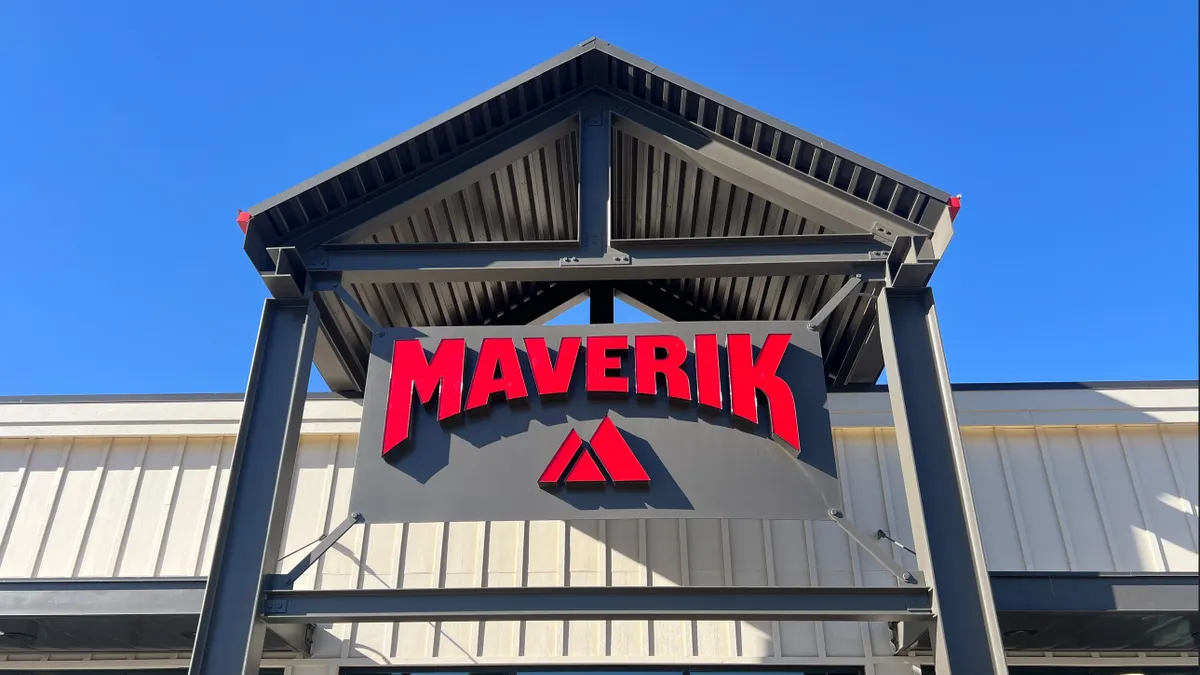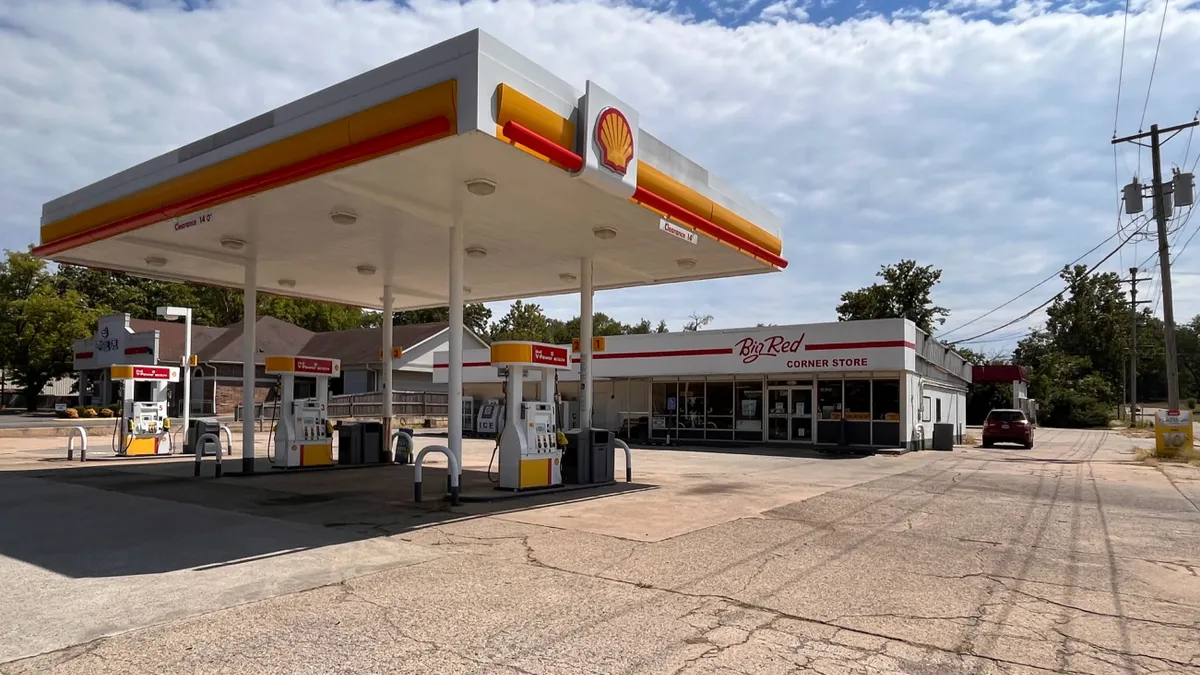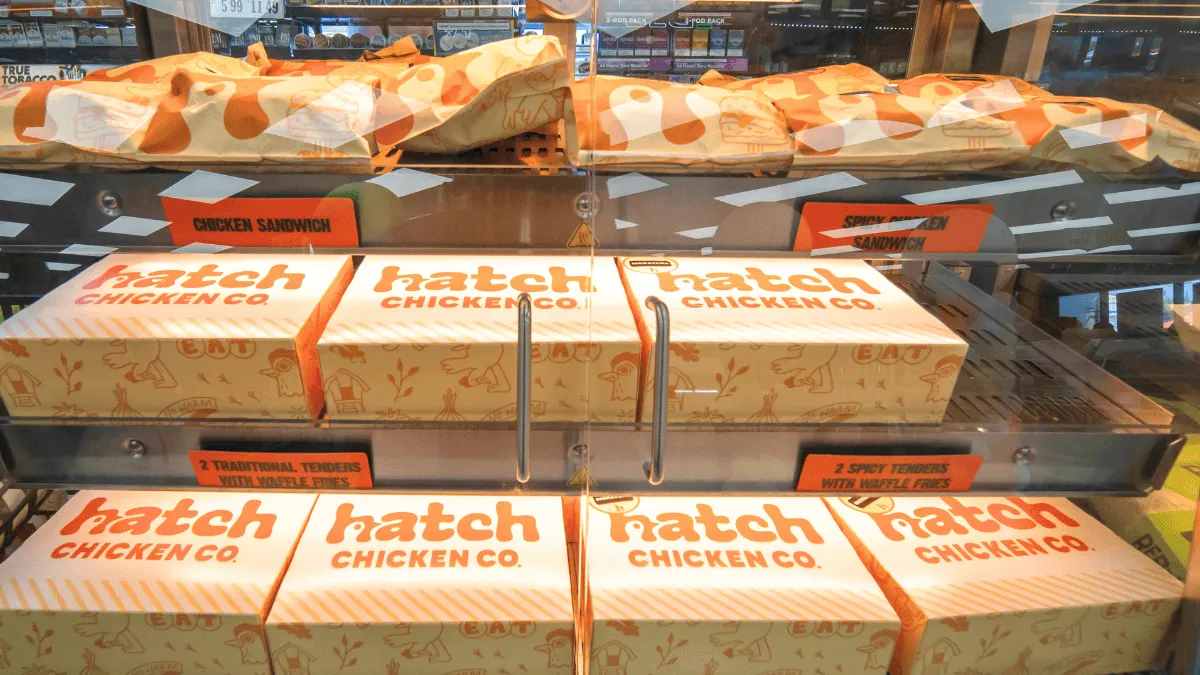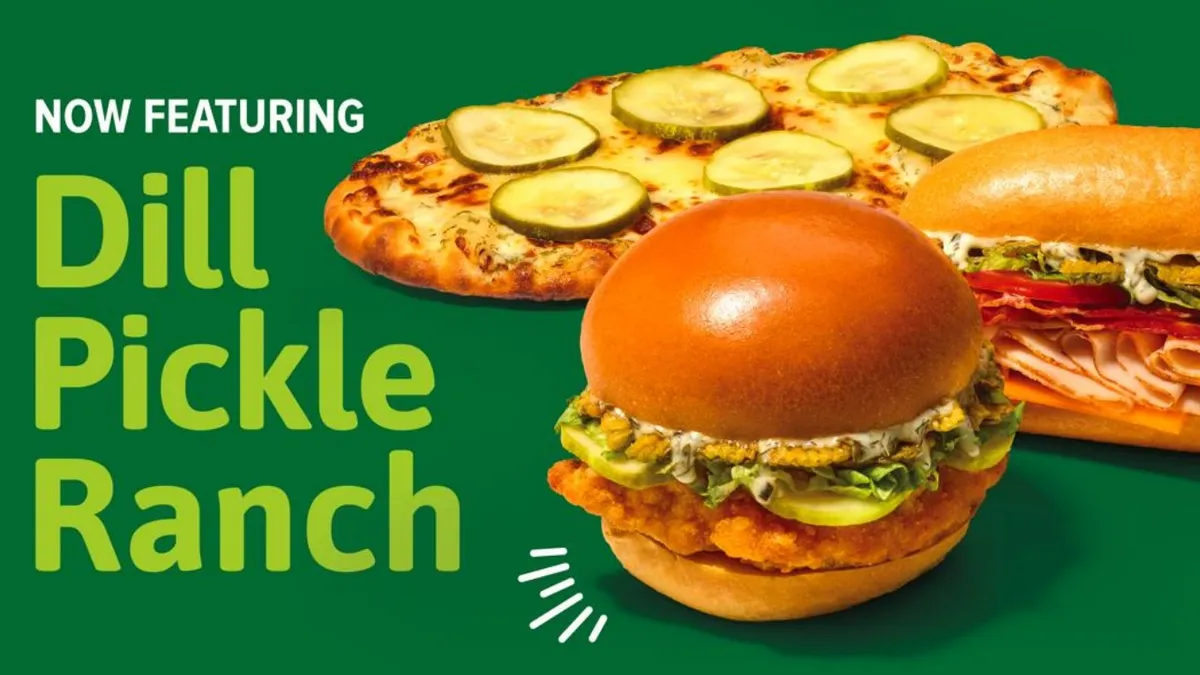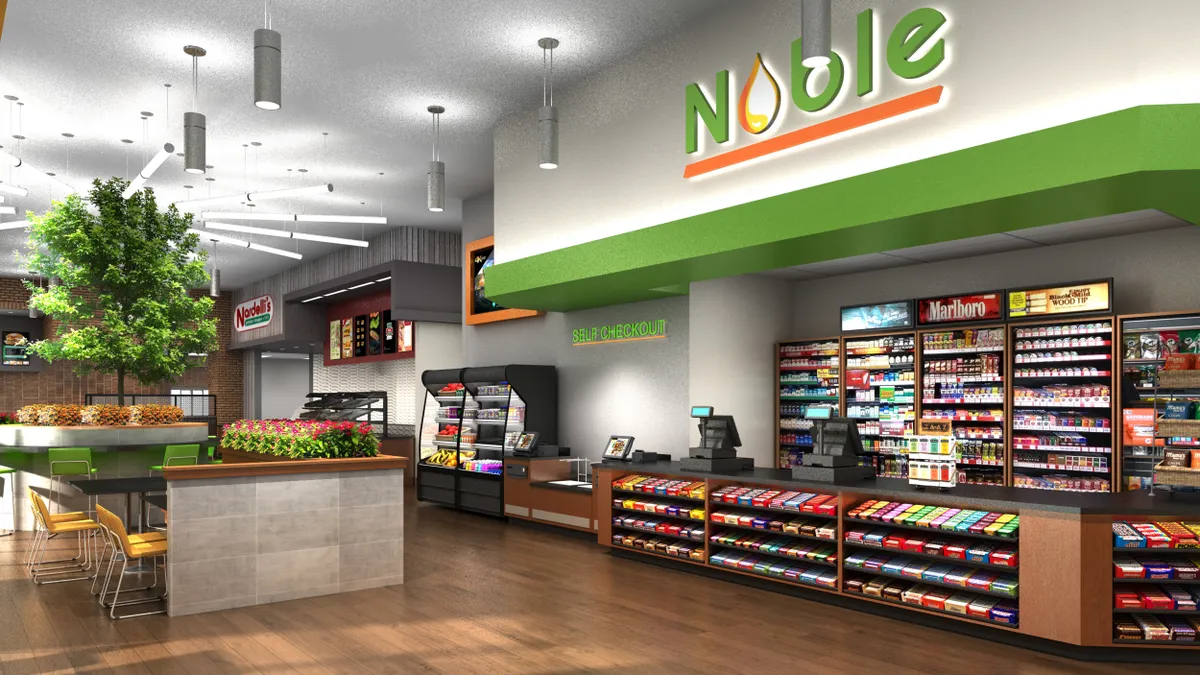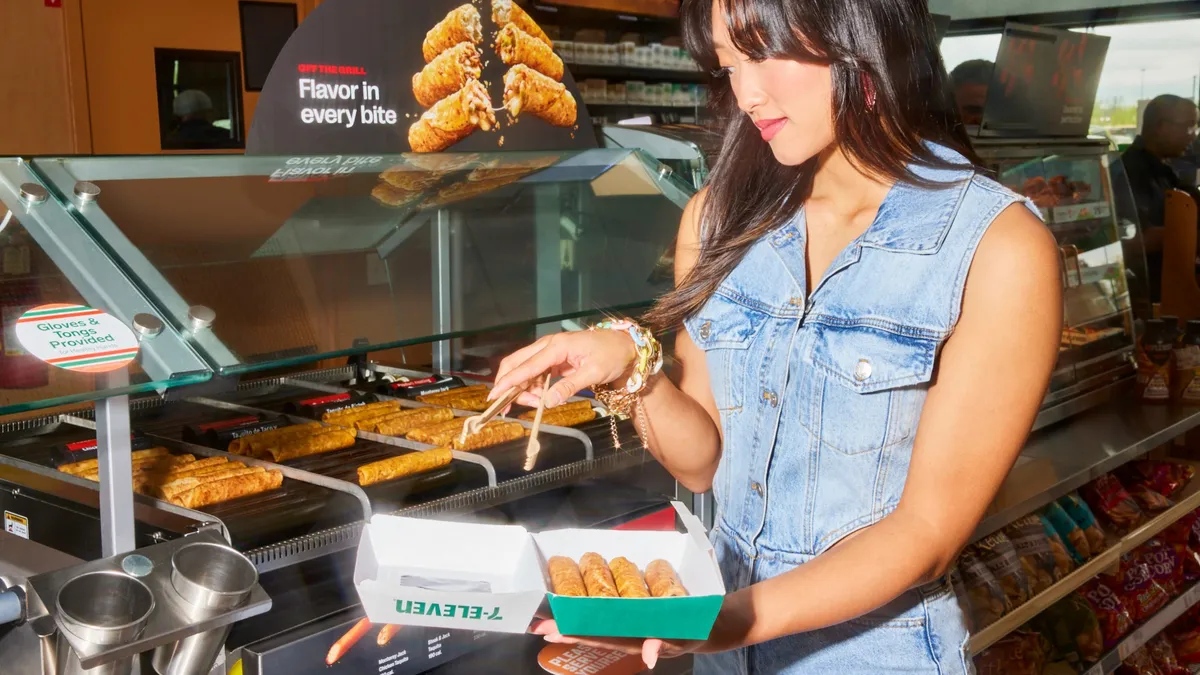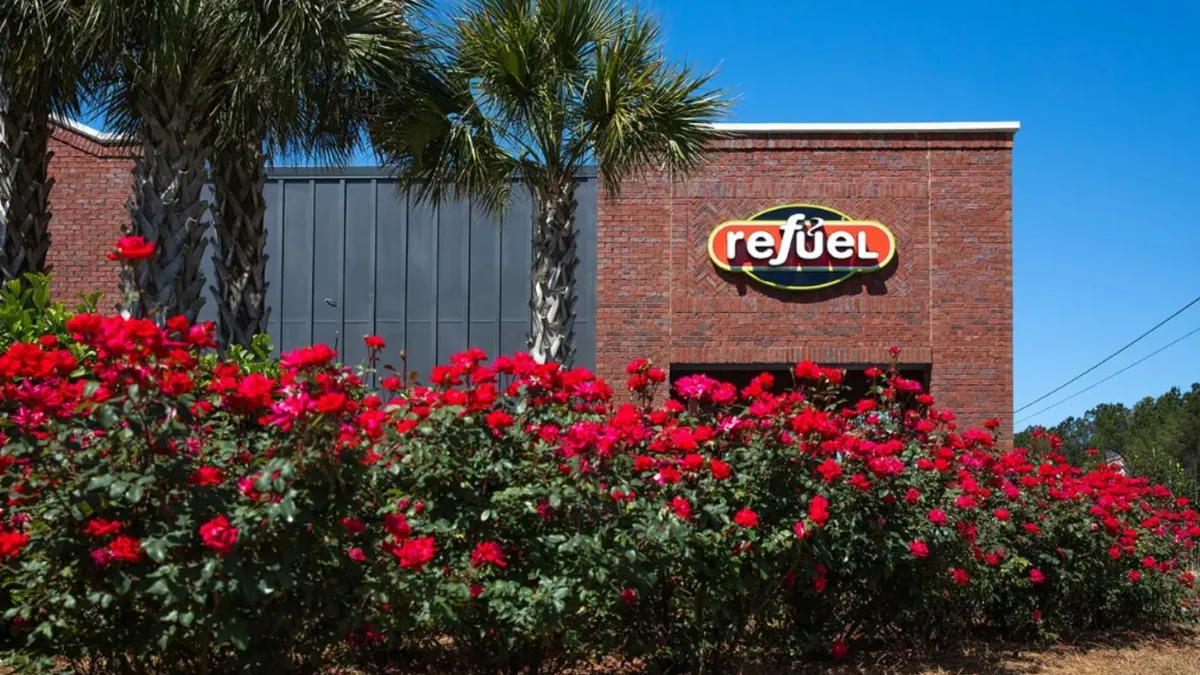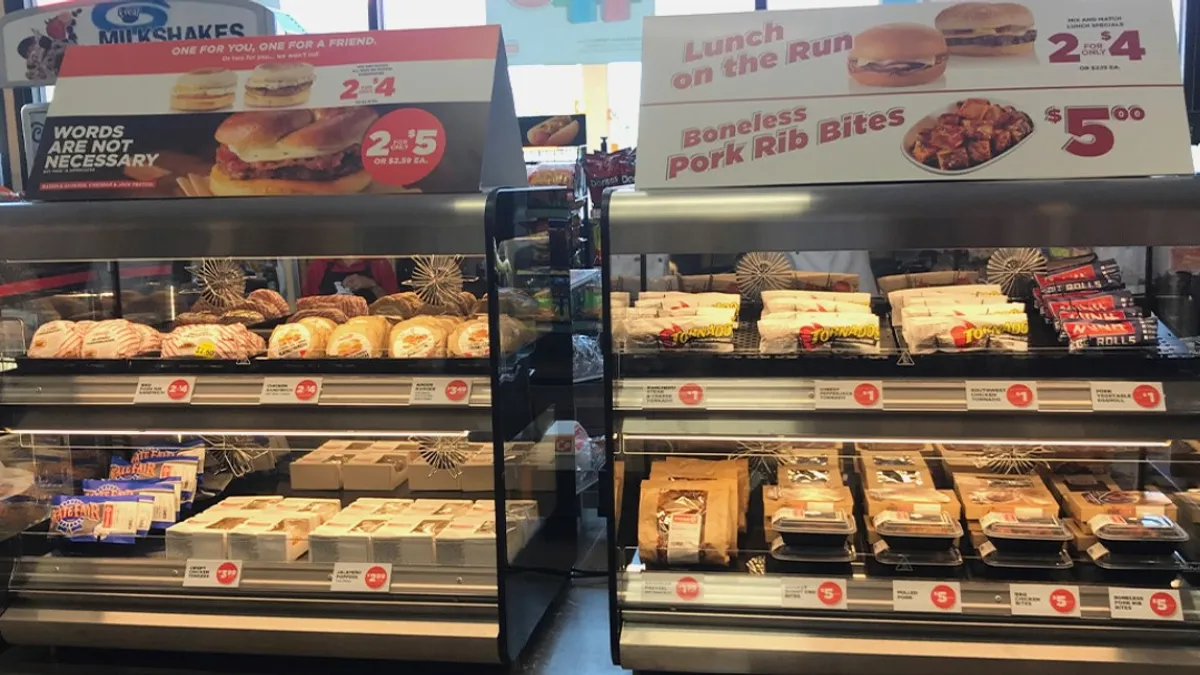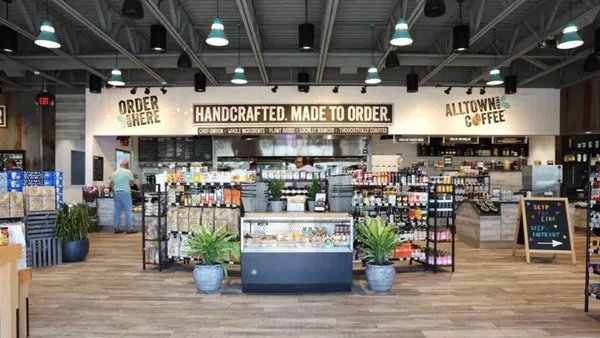Back to Basics is a monthly series that outlines how c-store operators can get valuable new services up and running.
Coffee is wildly popular in the U.S. A study by the National Coffee Association found that about 66% of American adults drink at least one cup daily. They further found that over half of those people buy coffee away from their home at least once a week – and 33% do so four or more times a week.
So at this point in the evolution of c-stores, coffee service is pretty much table stakes.
“Coffee is the most consumed drink in the convenience retail space, over-indexing in breakfast and morning snack occasions,” said Joe Gaines, director of U.S. sales with Costa Coffee. “So offering a robust coffee program is critical.”
Gaines added that “23% of trips in the morning daypart from 6 a.m. to 11 a.m. include coffee,” based on research by Costa Coffee’s parent company, Coca Cola.
When it comes to adding coffee to a convenience store, the most important thing for a retailer to think about is quality.
Bruce Goldsmith, president of Baronet Coffee and former head of the National Coffee Association, pointed out that data from the NCA shows that a majority of people drink coffee at home.
“If people drink it at home … you have to give them a reason to come into your store and consume it there. So the quality has to be as good as what they’re making at home.”
He also pointed out that quick-service restaurants, which often have a drive-through, can have an advantage over a convenience store where the customer needs to come inside to get their java. “If you’re competing against a QSR, you better have a good cup of coffee,” he said
And when it comes making that good cup of coffee, Goldsmith pointed out something obvious but potentially overlooked by newcomers to the coffee vending space.
“You need to start with good water, or water filtration,” he said.
Getting a new coffee service off the ground
Step one is picking the right type of coffee service for a location.
There are two main types of coffee service for most convenience stores to pick from — self-serve and full-serve. Full-serve involves having a barista or store worker making the coffee, while self serve usually entails having a station with different coffee options and accompaniments for customers to use.
While the Starbucks-style full-service experience is gaining traction in some of the larger chains, it’s a money- and time-intensive place to start.
“Labor is one of the biggest challenges facing operators in the industry today,” said Gaines. “Investing in the training necessary for a full-time barista may be prohibitive for a lot of owners.”
Once a company decides on what sort of coffee service to build, the next step is selecting the right vendor.
“You want to partner with someone who understands the importance of high-quality coffee,” Goldsmith said.
He described what he called the three-legged stool of coffee programs — quality coffee, good service and cutting-edge marketing. “If they’re missing any one of those,” he said, “the programs aren’t as successful.”
Retailers need to find a vendor that has services and technology that matches their store’s needs, the experts said. Among the things to compare when selecting a vendor are the types of machines each company offers, the amount of space they take up relative to each store’s allotted space, and how well their maintenance and other service options mesh with the needs of the store.
Gaines suggested stores should look for a vendor that “offers both service and ingredients as part of the deal – not either or.”
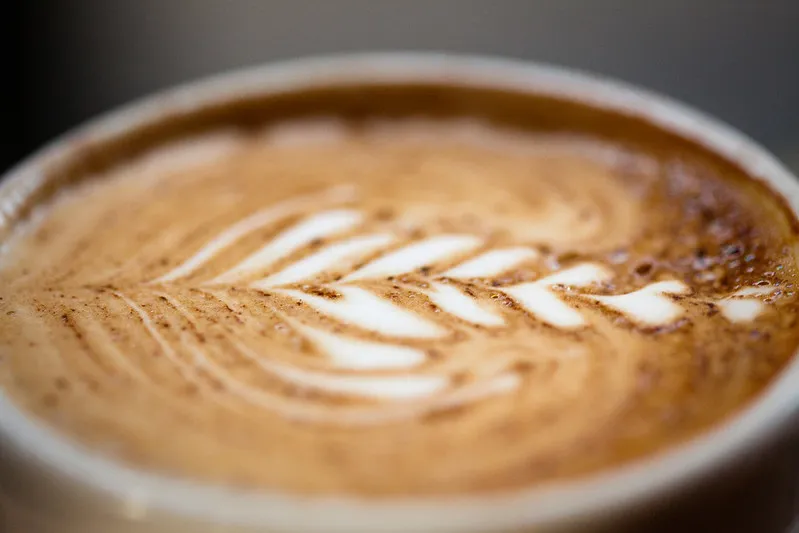
Goldsmith also said it’s important for retailers to make sure their vendor doesn’t just know coffee, but also understands providing coffee in a c-store or other retail environment. Companies shouldn’t worry about the size of their chain — most companies will cater to whatever size c-store partners with them.
“Ask how much they understand the retail cup business,” he said. “It’s different than the back-of-the-restaurant-type business.”
Once a vendor is chosen, it’s also important to work with them to select the right tools. For instance, Gaines pointed out that Costa Coffee offers multiple types of machines for different types of retailers, from a touch-screen dispenser that can be set up as a fully self-serve option to the Smart Café, which he said “provides barista-quality coffee.”
Maintaining the customer experience
The installation location can be important to making a new coffee service a success. Making the customer do too much work to get it at a convenience store will likely lead them to buying elsewhere.
“Post-pandemic, the top shopping priorities of c-store shoppers are ease and experience,” said Gaines. That means a store should put the coffee where customers can get to it easily, and think carefully from there about how to arrange their impulse items around the coffee machines.
He added that companies can consider making it easier with self-checkout or pay-at-the-machine options.
Goldsmith emphasized soft water’s importance in making tasty coffee, but it also has another impact. Harder water can cause coffee machines to break down more quickly. This also makes it important to clean the machines every day, he said.
It’s also important to make sure the customer has a wide range of options to choose from. “Some people might like a dark roast, some people might like a light roast,” said Goldsmith, pointing out that only offering one would eliminate drinkers of the other out of hand.
Only about 35% of people drink their coffee black, meaning that retailers will also want to have a range of condiments, like sweeteners, creamers and flavoring, for customers to personalize their drink with.
Time to upgrade coffee service?
For stores that already have coffee service and are debating upgrading, there are some signs to look for.
“For owners who also have fuel, a good gauge of when they need to upgrade their coffee experience is by recognizing how many morning commuters purchase fuel, but do not come into the store,” said Gaines. Retailers should think about what changes they can make to bring those consumers into the store to give the existing coffee service a chance to win them over.
And the update doesn’t have to be new coffee machines or a full-time barista. Something as simple as improving the messaging around a store’s coffee offerings at the pump is an easy way to tempt more people inside, he said.
Finally, “another major trend with consumers is iced coffee drinks — whether iced coffee or espresso-based drinks (like Iced Latte or Iced Cappuccino),” Gaines added. “Owners should consider expanding their offerings to include these drinks.”



